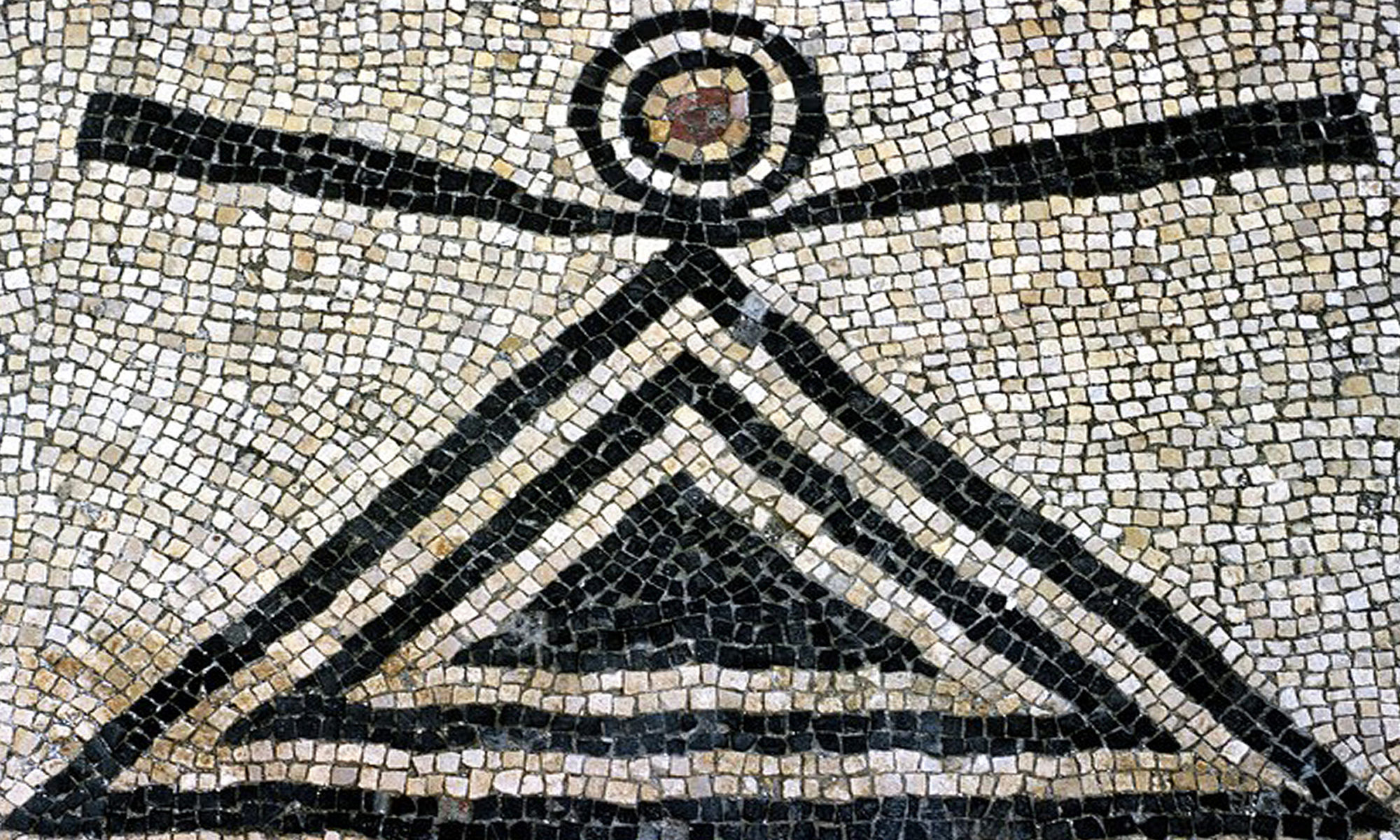Artstor content available in JSTOR
The Visual Resources image collection in Artstor (close to 245,000 images) is now also available via JSTOR, in the ‘Princeton Art and Archaeology’ collection. On August 1, 2024, the Artstor website will retire and all users will be redirected to JSTOR, the digital library platform you may know for access to academic articles. Some components will be slightly different (for instance, instead of ‘Image Groups’ there will be ‘Workspaces’), but there will be additional functionality as well. Your existing Artstor login credentials will work in JSTOR. If you are an active user of Artstor and have any questions or concerns, please reach out to us. Artstor/JSTOR also provides online resources about the change.
Skills development
VR is always interested in learning new tools (especially open access ones) to organize and publish our data. In our September 2022 post, we shared how Yichin used an open source exhibition framework called CollectionBuilder to build a simple, static, and FREE digital exhibition on our lantern slides. This tool was also recently used by Princeton University Library and the Princeton Geniza Lab to create a wonderful exhibition titled “The Coins of the Cairo Geniza.”
More recently, Yichin attended the 2023 Wintersession Python workshop to help with future website development and database cleaning. For those unfamiliar with Python, below is a simple example of the language in practice. If there is a long list of paintings and artists and we want to know how many paintings were painted by the same artist, we can use the following code to generate the counts.

The Vocabularies of Cultural Heritage
Visual Resources staff attended the virtual symposium “Terms of Art: Design, Description and Discovery in Cataloging” hosted by the Hood Museum of Art and the Leslie Center for the Humanities at Dartmouth University. It was a great opportunity to learn from similar small organizations undertaking big transformations in how they describe and share their collections. One particularly interesting workshop called “Alt Text Power Hour” was run by representatives of the Block Museum at Northwestern University. Alt text can be challenging to begin with, describing a work of art in 100 words can seem downright impossible.
Interesting projects and resources

In the process of digitizing the glass lantern slide collection Visual Resources looks to other similar projects for best practices. Dr. Inbal Livne, Curator at the University of Manchester Library, has written a helpful post discussing inclusive cataloguing of the Manchester Geographic Society lantern slide collection, making us think about historic terminology and its place in our cataloguing systems.
Mmmonk stands for Medieval Monastic Manuscripts – Open – Network – Knowledge. It is a collaborative project between Bruges Public Library, Ghent University Library, Major Seminary Ten Duinen in Bruges and Ghent Diocese. Through the website you can discover the collections of these repositories via themes, virtual tours, videos and in-dept editorials. The project is funded by the Flemish Government (Department Culture, Youth and Media).
A new blog post from the Royal Asiatic Society highlights digitization of photos from Tibet and Iran by their volunteer Evgenia North, and includes the surprising discovery of photos by Antoin Sevruguin.
